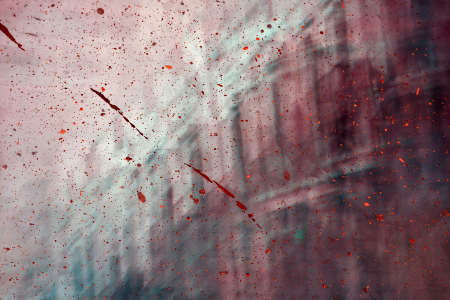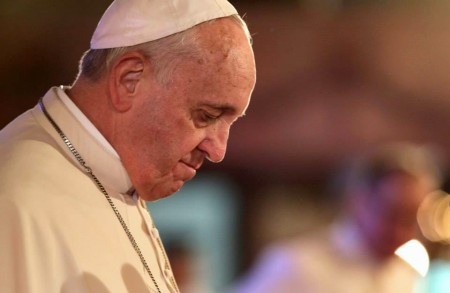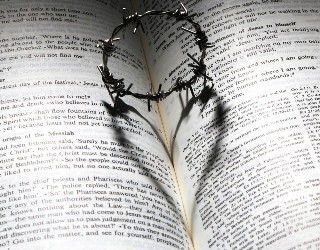We ask you, humbly: don't scroll away.
Hi readers, it seems you use Catholic Online a lot; that's great! It's a little awkward to ask, but we need your help. If you have already donated, we sincerely thank you. We're not salespeople, but we depend on donations averaging $14.76 and fewer than 1% of readers give. If you donate just $5.00, the price of your coffee, Catholic Online School could keep thriving. Thank you.Help Now >
Cistercian Abbey of Wilhering
FREE Catholic Classes
(HILARIA).
Situated on the right bank of the Danube, in the Diocese of Linz, Austria. Ulric of Willeheringen gave his castle for a monastery of regular canons; but as these did not fulfil the conditions required, he removed them and established the Cistercians (1146). Under its first abbot, Geraldus, of the abbey of Runa in Styria, the monastery was richly endowed and placed under the protection of Eberhard, Bishop of Bamberg. After Ulric's death, his brother, Colo, completed the work so well begun. Despite all this, the foundation did not flourish and Henry, the third abbot, having but two subjects, transferred the abbey to Burkhard, Abbot of Ebrach (1185); hence Wilhering came to be known as its filiation. In the same year Burkhard sent Henry back to Wilhering, accompanied by twelve of his monks ; and from this time the abbey prospered. Duke Leopold VI took it under his protection; monastic buildings replaced the old castle, donations enriched them, and many exemptions and privileges were granted by ecclesiastical and secular authorities, especially by Innocent III, Honorius III, and Emperor Frederick II. Three foundations were made, Hohenfurth in Bohemia, Engelszell and Sausenstein in Austria.
This state continued until the revolt of Luther and the many wars of those times causes severe losses both in subjects and income. When the first imperial abbot was appointed (1568) there were but three monks and two novices In the community. In 1587, however, Alexander was nominated abbot, and he inaugurated reform in regular observance and temporal administration and regained possession of much of the monastery's former property ; he also reconstructed the monastic buildings. At the end of his rule there were twenty priests, four clerics, and one brother in the community (1641). In 1733 the monastery was destroyed by fire, but was immediately rebuilt under Abbot Bonus Pomerl. It escaped being secularized during the period of Josephinism, though it had much to suffer during the persecution. After these troubles and the Napoleonic wars it prospered, and the buildings, as they stand today, were completed; the church is particularly beautiful. The present and sixty-sixth abbot, Right Rev. Theobald Grasbock, was elected in 1892; this community numbers thirty-nine priests and several clerics. The monks have care of thirty-two parishes besides other positions of importance.
We ask you, humbly: don't scroll away.
Hi readers, it seems you use Catholic Online a lot; that's great! It's a little awkward to ask, but we need your help. If you have already donated, we sincerely thank you. We're not salespeople, but we depend on donations averaging $14.76 and fewer than 1% of readers give. If you donate just $5.00, the price of your coffee, Catholic Online School could keep thriving. Thank you.Help Now >








 Daily Readings for Friday, April 19, 2024
Daily Readings for Friday, April 19, 2024 St. Alphege: Saint of the Day for Friday, April 19, 2024
St. Alphege: Saint of the Day for Friday, April 19, 2024 Stewardship Prayer: Prayer of the Day for Friday, April 19, 2024
Stewardship Prayer: Prayer of the Day for Friday, April 19, 2024


